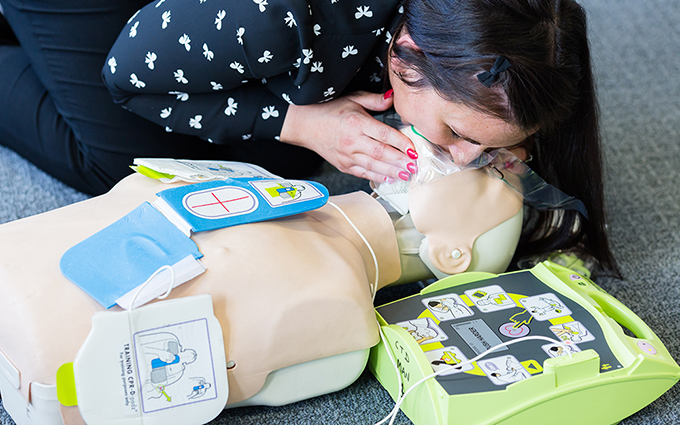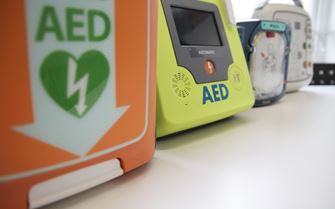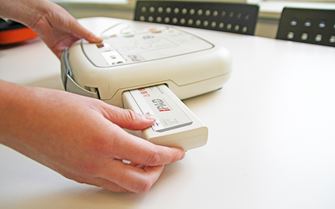Search
Item added to basket
Forgot your password?
Enter your email address below and we will send you instructions on how to create a new password.
${ errors.first('email') }
Major Accounts
Your email address is registered on our Major Accounts portal – to receive your agreed pricing for training courses please proceed to the portal.











